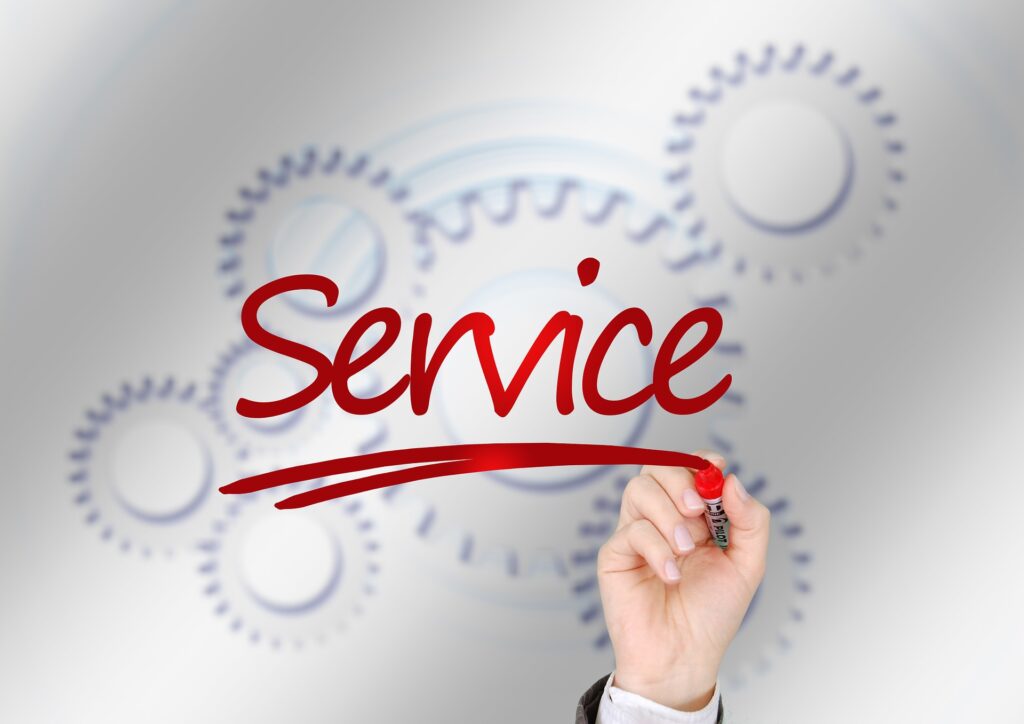Customer relationship management (CRM) is a concept that helps businesses to create long-term customer loyalty to the business. It refers to the practices, principles, guidelines, and processes the organization should follow when creating and maintaining connections with customers. From the business’s perspective, the relationship with customers is based on the sales, services provided by the organization, forecasting, and customer behavior trend analysis, etc.
Customer relationship management (CRM) focuses on enhancing the overall customer experience and provide more value to the customers. Elements related to good customer relationship management can vary from emails, company websites, and telemarketing to mass mailings and social media.
Social media can be considered the newest addition to customer relationship management. It helps to access a large number of existing and potential customers and provides a more relaxed environment for both the companies and the customers to exchange their ideas to create a positive customer experience about the business.
Creating a positive customer experience will create a returning customer base for the product or the service. It will lead to long-term brand loyalty and increase the market share for the product.
In the modern world, customer relationship management is mostly handled using technological systems where the companies can maintain relationships with customers are all points of the customer lifecycle, customer education, purchasing process, and post-purchase services.
Customer Relationship Management can be considered as a cycle with 05 main components.
Components in Customer Relationship Management (CRM)
The customer lifecycle includes sales, marketing, and customer service activities. It starts with the attempts of acquiring customers and goes up to achieving customer loyalty.

Five stages of the customer lifecycle are,
1. Reaching a potential customer
2. Acquisition of a customer
3. Conversion
4. Customer Retention
5. Customer Loyalty
The customer relationship management cycle is the customer lifecycle in action from the company’s side. It explains the steps taken by the organizations to reach potential customers to create customer loyalty.

1. Generate brand awareness
The initial step of reaching a new customer is introducing the business/product to the customer. This is a tack of the marketing team. The marketing team is should
– Learn and identify the target audience – The marketing team should identify the target audience for the product through conducting researches about customer unmet needs, preferences, preferred communication channels, and interests.
– Segmenting the target audience – The identified audience should be segmented into groups based on their similarities and identify the most profitable market segment from all the available market segments.
– Create marketing campaigns that can attract the selected market segment – The proper marketing tools should be used to create marketing campaigns that can catch the eye of the selected marketing segment of the product.
2. Acquire Leads
This is the step where the business should encourage the customers to learn more about the product and engage with it. Based on the organization’s structure, the responsibility of acquiring leads can be assigned to the marketing team or the sales team. Some organizations assign the task to both teams for higher results.
3. Convert the leads into customers
Once the leads are acquired, the organization must convert the leads into customers. The sales representatives must have sufficient skills to identify the customer’s interests and encourage them to purchase the product. The customer relationship management system plays a major role in this stage. The past customer data can be obtained through the system and can be used in acquiring customers.
Apart from that, if the lead seems to be likely to make a purchase, the sales representative should be skillful enough to nurture the interest and convert the interest into a sale.
4. Provide superior customer service
Once a lead is successfully converted to a customer, providing superior customer service helps the business to retain the customers with the business for a long time. Customer service helps to create brand loyalty and it can lead to an increase in the company’s reputation.
5. Drive Upsells
When a product achieves a returning customer, it is expected that the customer will purchase again and again from the business. However, this step explains that the company should try to motivate the customer to switch to more expensive products with the company. This can be achieved by gaining customer’s trust through personalized recommendations and direct marketing options.

